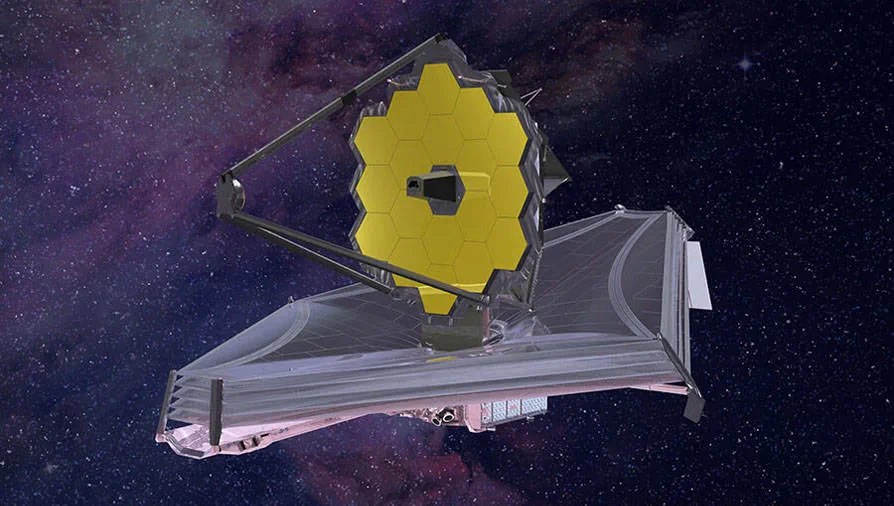Newsletter | Vol 13 - June 2021
James Webb Space Telescope
The James Webb Space Telescope is scheduled for launch in late 2021 by NASA and will peer into space from almost a million miles from planet earth. In order to make successful observations, the mirrors will be gold coated and capable of handling 30 K temperatures (-406°F) and will collect radiation emitted by the earliest stars. NASA used glass for the Hubble Space Telescope, but that operates at room temperature. NASA needed a material that would maintain a stable shape at temperatures approaching absolute zero and could withstand the challenging journey into space during launch.

A material for the mirrors needed to be selected that could be manufactured at room temperature, but would change shape in a predictable way as it reached its destination. Beryllium was selected because of its high stiffness (modulus) and lower density. Once below 90 K (-300°F), it stops shrinking. This is important because the Webb is insulated by a sun shield and will operate at about 30 K (-406°F) and will only see temperatures swings of +/- 30K. The telescope will never reach a temperature in space that will cause the mirrors in it to expand.










